

Articles
How Many Watts Does An AC Unit Use
Modified: March 25, 2024
Looking for information on how many watts an AC unit uses? Check out our informative articles on the power consumption of AC units.
(Many of the links in this article redirect to a specific reviewed product. Your purchase of these products through affiliate links helps to generate commission for Storables.com, at no extra cost. Learn more)
Introduction
Welcome to our article, where we will explore the fascinating world of AC units and their power consumption. Air conditioning is an essential part of our modern lives, especially during the scorching summer months. However, the energy usage of AC units has become a growing concern due to its impact on the environment and escalating electricity costs.
In this article, we will delve into the factors that determine the power consumption of an AC unit, as well as provide tips on how to reduce energy usage without compromising comfort. Whether you’re a homeowner or a business owner, understanding the power consumption of AC units can help you make informed decisions and contribute to a more sustainable future.
Let’s embark on this journey together as we unravel the mystery behind AC units’ power usage and learn how to optimize their energy efficiency.
Key Takeaways:
- Understanding the factors that affect AC unit power consumption, such as size, energy efficiency, and climate, empowers us to make informed choices and reduce energy usage without sacrificing comfort.
- Practical tips, from setting optimal thermostat temperatures to utilizing natural ventilation, provide actionable strategies for optimizing energy efficiency and minimizing the environmental impact of AC units.
Read more: How Many Amps Does an AC Use
Understanding AC Units
Before we delve into the power consumption of AC units, it’s important to have a basic understanding of how they work. AC units, short for air conditioning units, are devices designed to cool the air and maintain a comfortable indoor temperature. They operate by removing heat from the indoor air and expelling it outside, thus generating a cooling effect.
AC units consist of several essential components, including a compressor, condenser, evaporator, and refrigerant. The compressor plays a crucial role in the cooling process by pressurizing the refrigerant, which then flows through the condenser. The condenser releases heat into the surrounding environment while the refrigerant transitions into a liquid state.
As the refrigerant passes through the evaporator, it absorbs heat from the indoor air, causing it to cool down. The cooled air is then circulated back into the room, while the refrigerant returns to the compressor to repeat the cycle. This continuous process allows AC units to lower the temperature indoors and create a more comfortable living or working environment.
It’s important to note that AC units come in various types, including window units, split systems, ducted systems, and portable units. Each type has its own advantages and considerations, but they all work based on the same principles of heat exchange and refrigeration.
Now that we have a better understanding of how AC units function, let’s explore the factors that affect their power consumption and energy efficiency.
Factors that Affect Power Consumption
Several factors influence the power consumption of an AC unit. Understanding these factors can help you estimate the energy usage and make informed decisions regarding your cooling needs. Let’s take a closer look at the key factors:
1. Size and Capacity: The size and cooling capacity of an AC unit directly impact its power consumption. Units that are too small for the space they are trying to cool will have to work harder and longer, leading to higher energy consumption. Conversely, oversized units may result in frequent on-off cycling, which is also inefficient. It’s important to choose the right-sized unit for your specific needs.
2. Energy Efficiency Rating: AC units are assigned a SEER (Seasonal Energy Efficiency Ratio) rating, which measures how efficiently they can convert electrical energy into cooling output. Higher SEER-rated units tend to be more energy-efficient and have lower power consumption. Look for units with higher SEER ratings for optimal energy savings.
3. Temperature Settings: The desired temperature settings have a significant impact on power consumption. Setting the thermostat at lower temperatures requires the AC unit to work harder and consume more power. Consider setting the thermostat at a slightly higher temperature to reduce energy usage without compromising comfort.
4. Climate and Ambient Temperature: The climate and ambient temperature of your location play a role in determining how hard the AC unit needs to work. In hotter climates, AC units have to work harder to maintain indoor comfort, resulting in higher power consumption. Additionally, extremely high or low temperatures outside can impact the efficiency of the unit.
5. Insulation and Ventilation: The insulation and ventilation of the building or room affect the AC unit’s efficiency. Well-insulated spaces with proper ventilation allow the unit to cool the area more effectively, reducing the need for excessive power consumption. Ensure that your space is properly insulated to optimize energy efficiency.
6. Maintenance and Filtration: Regular maintenance and clean filters are crucial for optimal AC unit performance. Dirty filters and lack of maintenance can restrict airflow, forcing the unit to work harder and consume more energy. Remember to clean or replace filters as recommended by the manufacturer and schedule regular maintenance checks.
By considering these factors and making informed choices, you can reduce the power consumption of your AC unit and contribute to energy conservation without compromising your comfort. In the next section, we will discuss the average power consumption of different AC unit sizes to give you a better idea of what to expect.
Average Power Consumption for Different AC Unit Sizes
The power consumption of an AC unit varies depending on its size and cooling capacity. Here are some average power consumption estimates for different AC unit sizes:
1. Small AC Units (6,000 – 10,000 BTU): Small AC units, typically used for cooling individual rooms or small spaces, have an average power consumption range of 500-900 watts per hour. These units are energy-efficient and ideal for smaller areas or apartments.
2. Medium AC Units (10,000 – 15,000 BTU): Medium-sized AC units, suitable for cooling larger rooms or multiple adjoining rooms, have an average power consumption range of 900-1,500 watts per hour. These units provide effective cooling for moderately sized spaces.
3. Large AC Units (15,000 – 24,000 BTU): Large AC units, designed for cooling larger areas such as open plan living spaces or commercial environments, have an average power consumption range of 1,500-2,500 watts per hour. These units are capable of cooling expansive areas efficiently.
It’s important to note that these estimates are based on average usage and can vary depending on factors such as temperature settings, climate, insulation, and maintenance. Additionally, newer AC units often have advanced energy-saving features that can further reduce power consumption.
When choosing an AC unit, be mindful of its size, cooling capacity, and energy efficiency rating (SEER). Energy-efficient units may have a higher upfront cost but can save energy and money in the long run.
To get a more accurate estimate of power consumption for a specific AC unit, refer to the manufacturer’s specifications or consult an HVAC professional who can provide expert guidance tailored to your needs.
In the next section, we will discuss how to calculate the power consumption of an AC unit for better energy management and budgeting.
Regular AC units typically use between 500 to 5000 watts, depending on the size and efficiency. To find out the exact wattage, check the unit’s label or manual.
Calculating Power Consumption of an AC Unit
Calculating the power consumption of an AC unit can help you manage your energy usage more effectively and budget accordingly. The power consumption can be determined using the following formula:
Power Consumption (in watts) = Cooling Capacity (in BTU) / SEER (Seasonal Energy Efficiency Ratio)
The SEER rating represents how efficiently an AC unit converts electrical energy into cooling output. Higher SEER ratings indicate greater energy efficiency. The cooling capacity of an AC unit is usually measured in British Thermal Units (BTU) and represents the amount of heat the unit can remove from the air in one hour.
To better understand this calculation, let’s consider an example. Suppose you have a medium-sized AC unit with a cooling capacity of 12,000 BTU and a SEER rating of 15. Applying the formula, the power consumption can be calculated as follows:
Power Consumption = 12,000 BTU / 15 SEER = 800 watts
Therefore, in this example, the AC unit would consume approximately 800 watts per hour of operation.
It’s worth noting that this calculation provides an estimate of the power consumption based on the SEER rating and cooling capacity. Actual power consumption may vary depending on factors such as temperature settings, climate, insulation, and maintenance.
Additionally, it’s important to consider the usage pattern and duration when calculating overall energy consumption. If the AC unit runs for several hours a day, multiply the power consumption by the number of hours of operation to get a more accurate estimate of energy usage.
By understanding and calculating the power consumption of your AC unit, you can make informed decisions, optimize energy efficiency, and manage your energy costs effectively.
In the next section, we will explore some practical tips for reducing AC unit power consumption without sacrificing comfort.
Read more: How Many Watts To Run Rv AC
Tips for Reducing AC Unit Power Consumption
Reducing the power consumption of your AC unit not only helps you save on energy costs but also contributes to a more sustainable and environmentally friendly lifestyle. Here are some practical tips to help you optimize the energy efficiency of your AC unit:
1. Set the thermostat at an optimal temperature: Consider setting the thermostat at a slightly higher temperature during the summer, such as 78°F (25°C), to reduce the workload on your AC unit. Each degree increase can result in significant energy savings.
2. Use ceiling fans or portable fans: Supplementing your AC unit with ceiling fans or portable fans can create a breeze effect that helps circulate cool air and improve comfort. This allows you to raise the thermostat temperature while still feeling cool.
3. Properly insulate your space: Ensure that your home or office space is properly insulated to prevent cool air from escaping and hot air from entering. Insulation helps maintain a consistent temperature and reduces the load on your AC unit.
4. Close curtains or blinds during peak sunlight: Direct sunlight can heat up a room significantly. Keep curtains or blinds closed during the hottest parts of the day to minimize heat gain and reduce the amount of work your AC unit needs to do.
5. Perform regular maintenance: Clean or replace your AC unit’s air filters regularly as dirty filters can restrict airflow and reduce efficiency. Additionally, schedule annual professional maintenance to clean the unit, check for any issues, and ensure optimal performance.
6. Utilize programmable thermostats: Invest in a programmable thermostat that allows you to set specific temperature schedules based on your daily routine. This reduces unnecessary cooling when you’re not at home or during sleeping hours.
7. Seal air leaks: Inspect your space for air leaks around windows, doors, and vents. Seal any gaps or cracks with weatherstripping or caulking to prevent cool air from escaping and hot air from infiltrating.
8. Utilize natural ventilation: Take advantage of cooler evenings and nights by opening windows and allowing fresh air to circulate naturally. This can help reduce reliance on your AC unit, especially in mild weather conditions.
9. Consider shade solutions: Planting trees or installing shade structures can help reduce direct sunlight and heat absorption by your building. Strategic shading can significantly decrease the cooling load on your AC unit.
10. Upgrade to energy-efficient models: If it’s time to replace your AC unit, opt for energy-efficient models with high SEER ratings. These units are designed to consume less energy while providing the same level of cooling comfort.
By implementing these tips, you can create a more energy-efficient and comfortable indoor environment while reducing the power consumption of your AC unit. Remember, every energy-saving action, no matter how small, contributes to a greener and more sustainable future.
Let’s conclude our article with a summary of what we’ve covered so far.
Conclusion
Understanding the power consumption of AC units is essential for managing energy usage, reducing costs, and promoting sustainability. In this article, we explored the basics of AC units, the factors that affect their power consumption, and practical tips to optimize energy efficiency.
We learned that AC units work by removing heat from indoor spaces and expelling it outside, creating a cool and comfortable environment. Factors such as the size and capacity of the unit, energy efficiency rating (SEER), temperature settings, climate, and insulation impact power consumption.
By considering these factors and making informed choices, we can reduce the power consumption of our AC units. We discussed how to calculate power consumption using the formula: Power Consumption = Cooling Capacity (in BTU) / SEER. This calculation helps estimate energy usage and budget accordingly.
To further optimize energy efficiency, we provided practical tips such as setting the thermostat at an optimal temperature, using fans to improve air circulation, properly insulating spaces, closing curtains during peak sunlight, and performing regular maintenance.
Additionally, we emphasized the importance of sealing air leaks, utilizing programmable thermostats, leveraging natural ventilation, considering shade solutions, and upgrading to energy-efficient AC units with high SEER ratings.
With these strategies in mind, we have the power to reduce power consumption, minimize environmental impact, and save on energy costs. Every small step we take towards energy efficiency contributes to a greener and more sustainable future.
Now armed with knowledge and practical tips, you can make informed decisions when it comes to choosing, using, and maintaining your AC unit. Remember, energy conservation starts with individual actions, and collectively, we can make a significant impact in preserving our planet for future generations.
Thank you for joining us on this journey of understanding AC unit power consumption. Stay cool, stay energy-efficient, and embrace a sustainable lifestyle!
Frequently Asked Questions about How Many Watts Does An AC Unit Use
Was this page helpful?
At Storables.com, we guarantee accurate and reliable information. Our content, validated by Expert Board Contributors, is crafted following stringent Editorial Policies. We're committed to providing you with well-researched, expert-backed insights for all your informational needs.
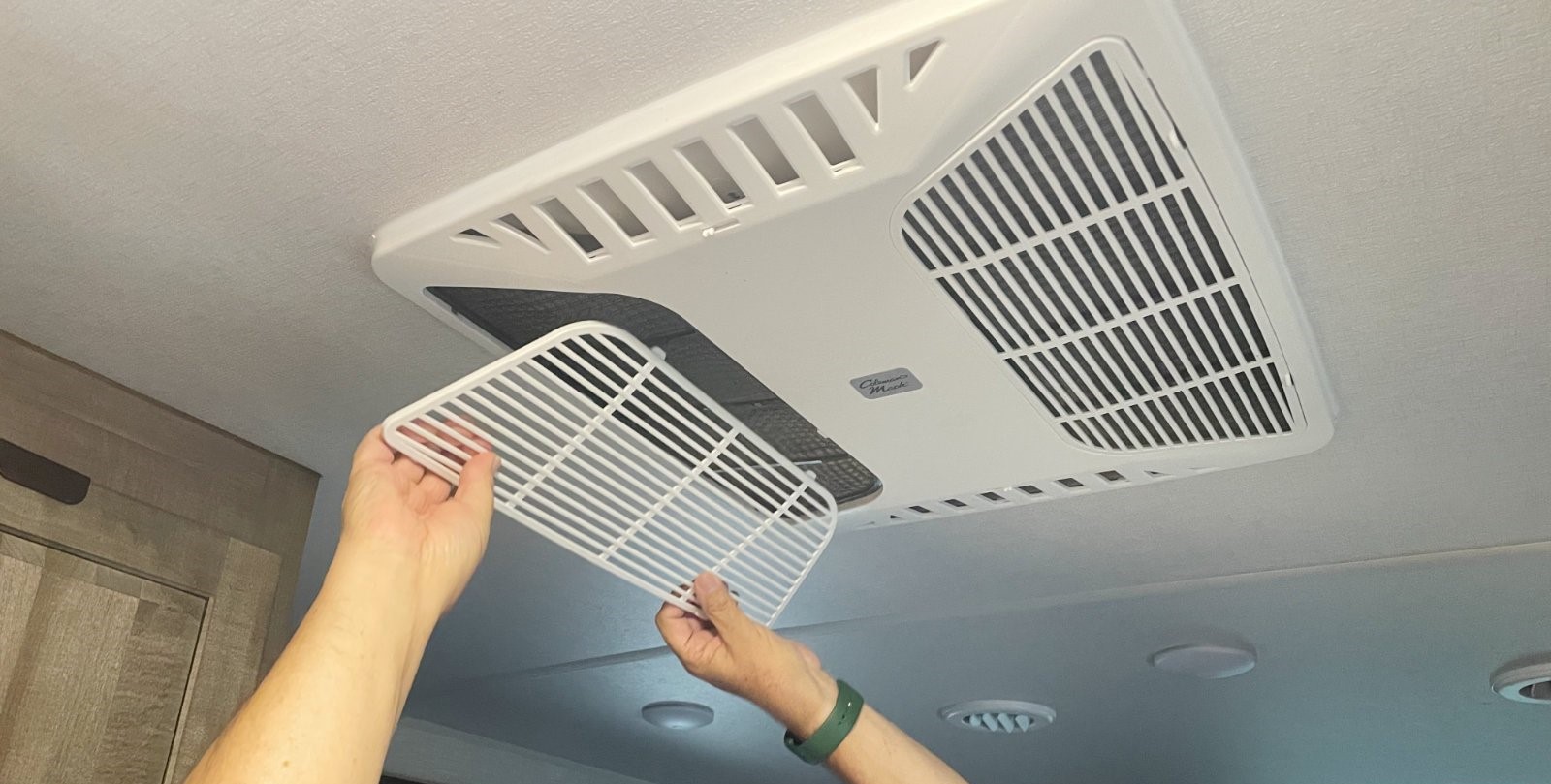
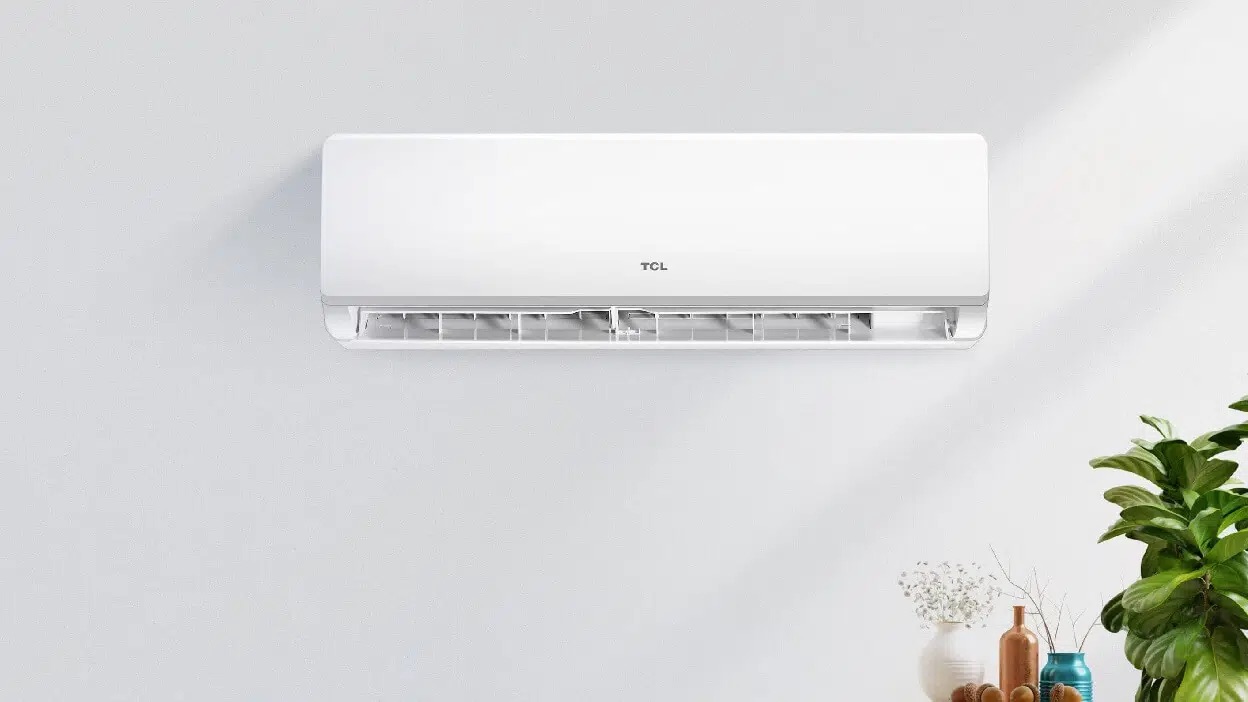
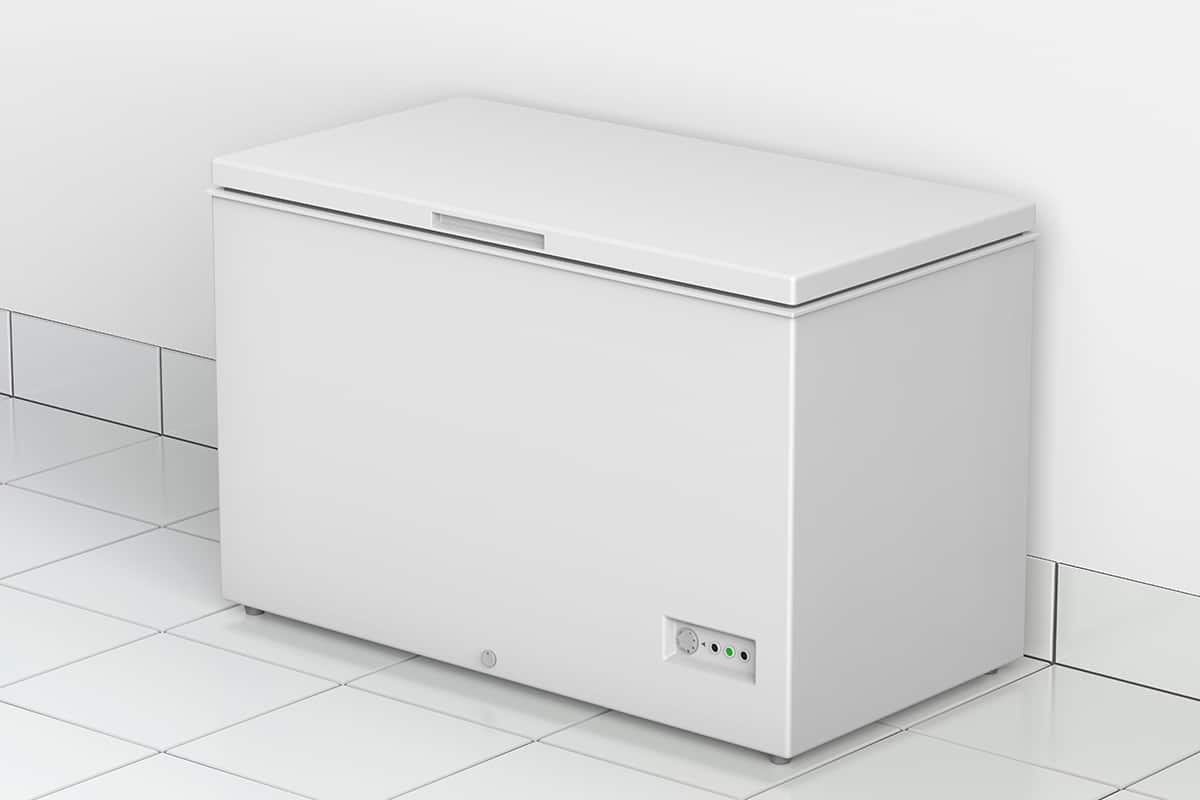
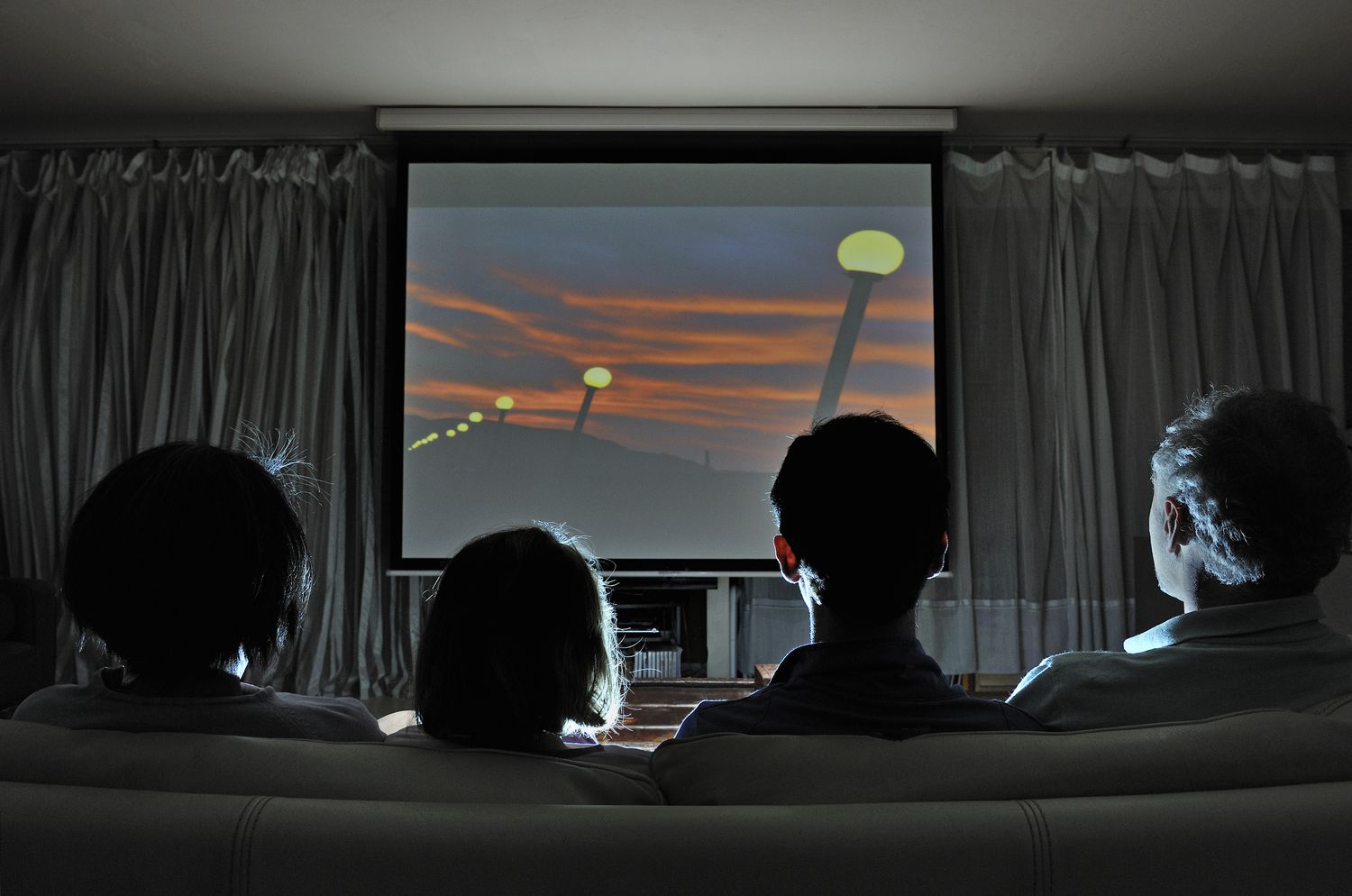
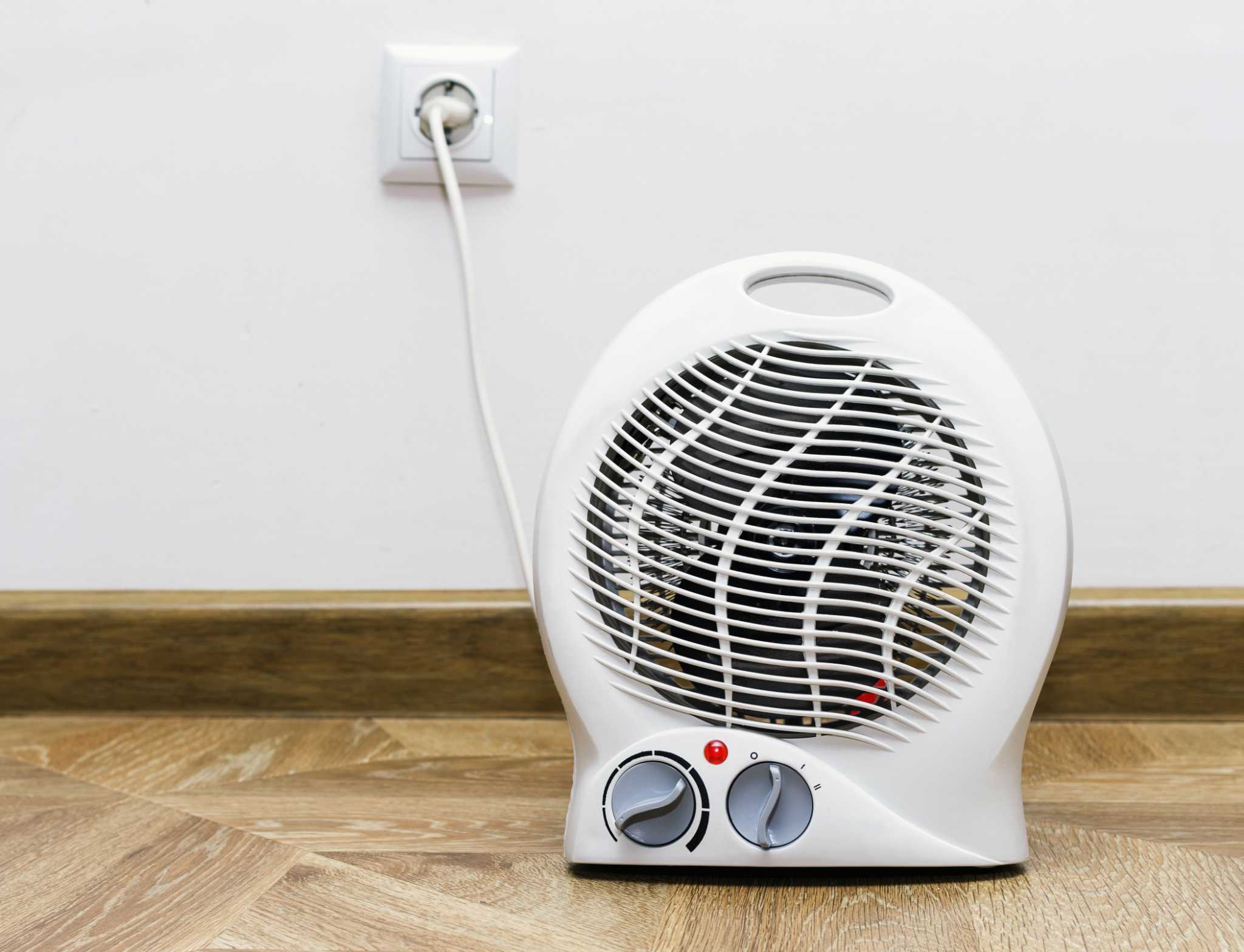
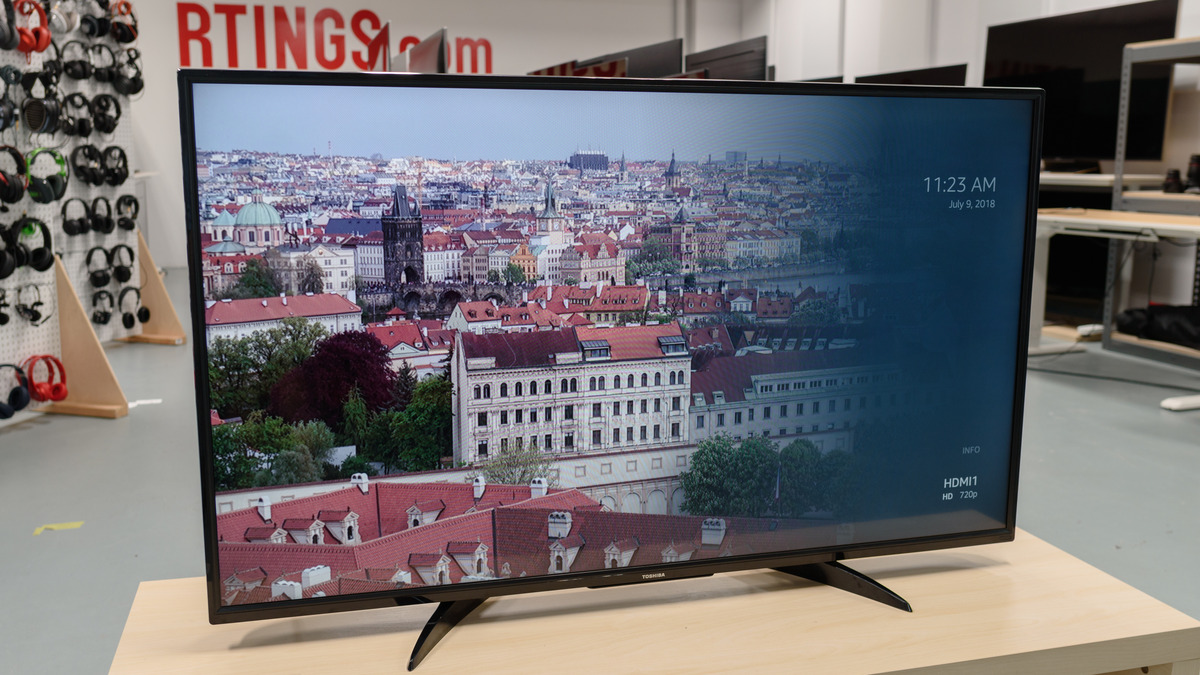
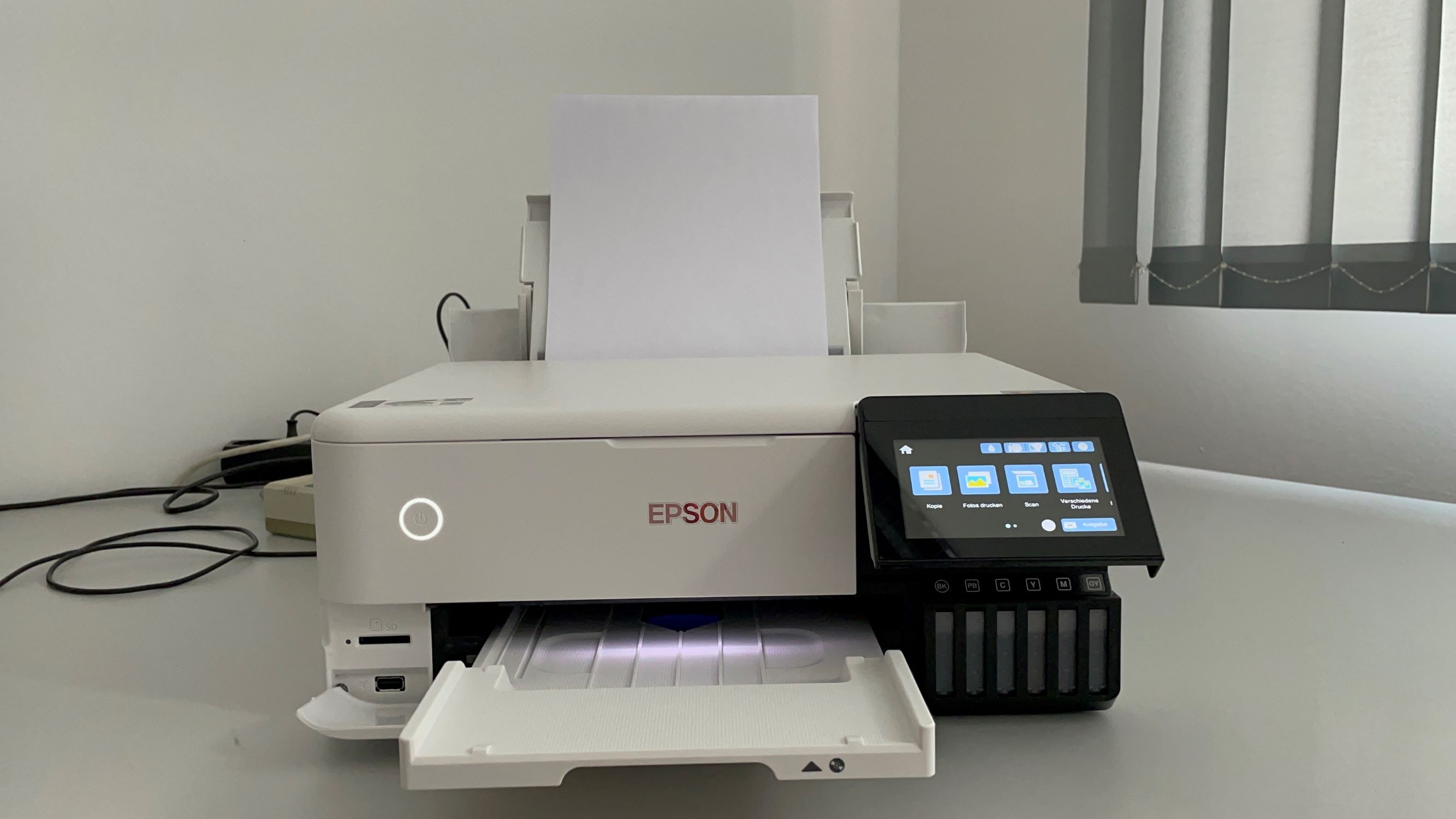
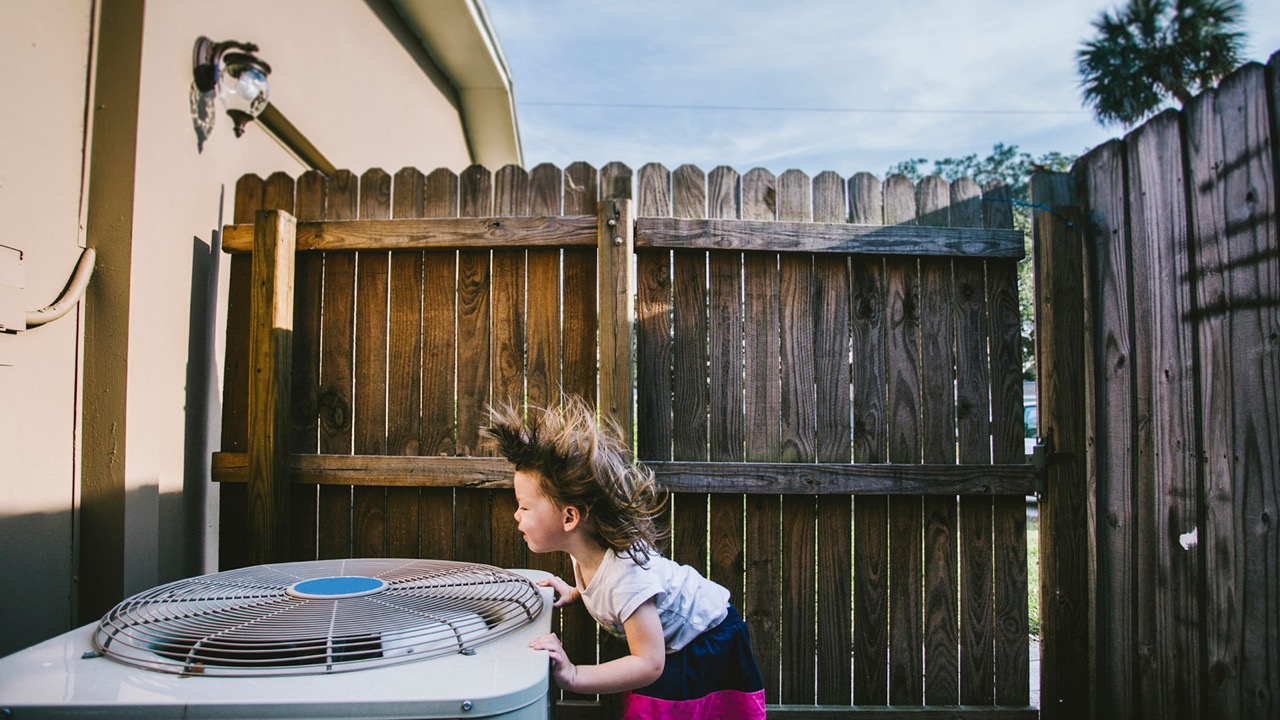
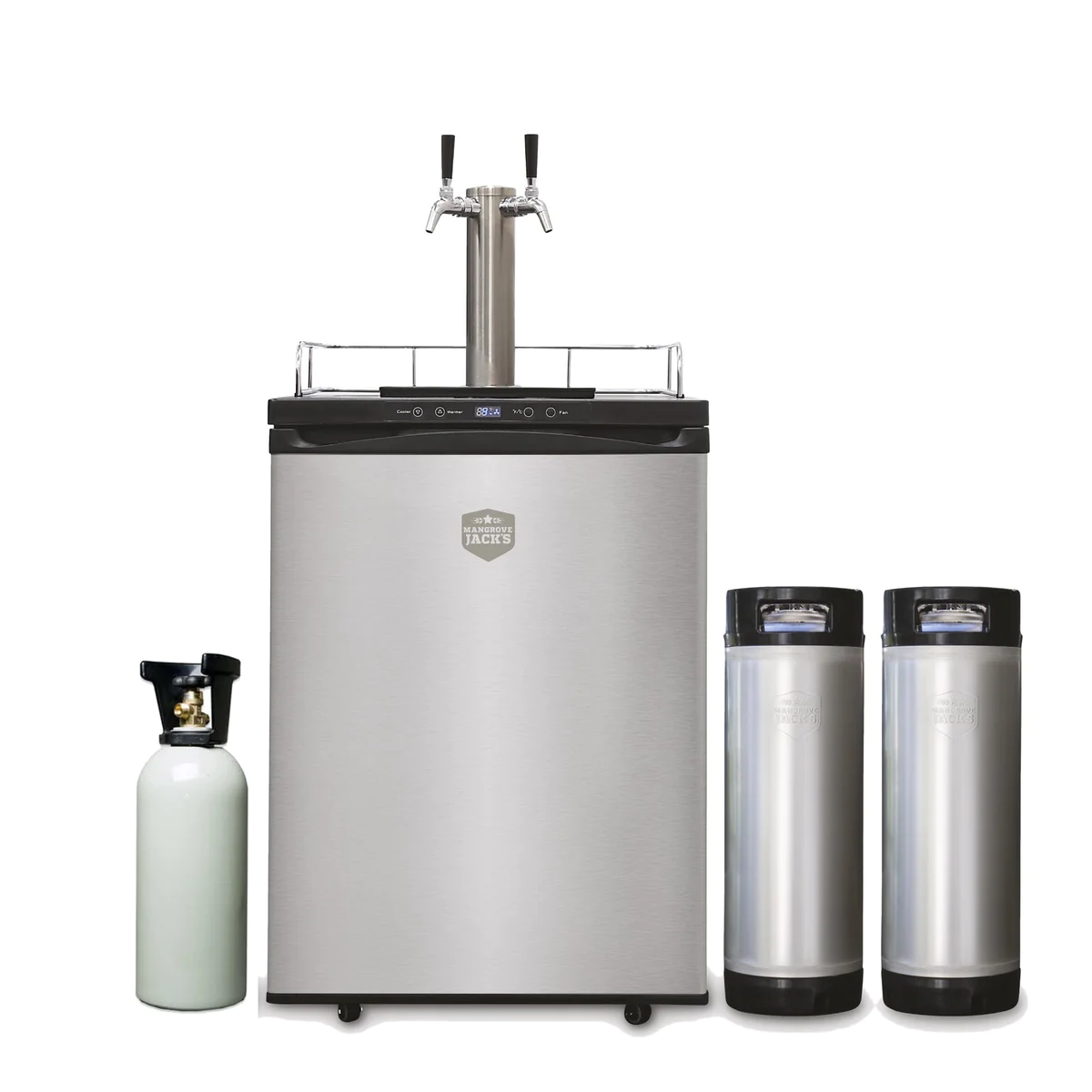
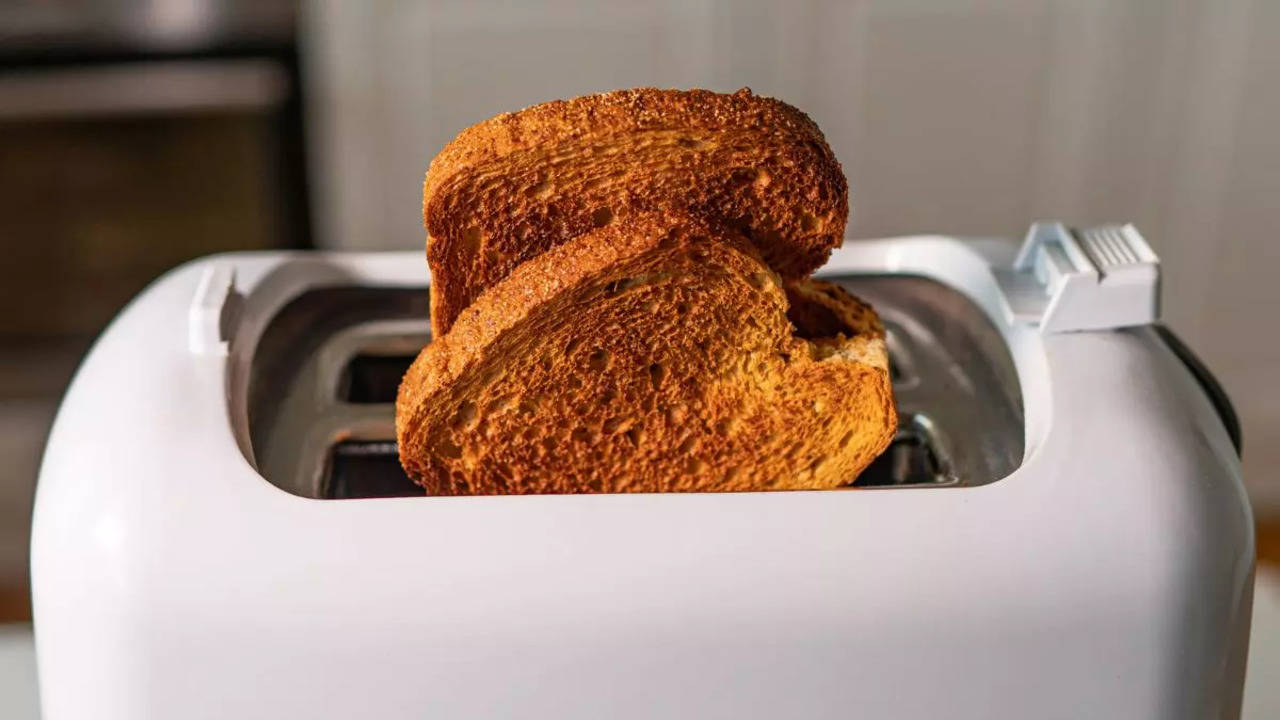
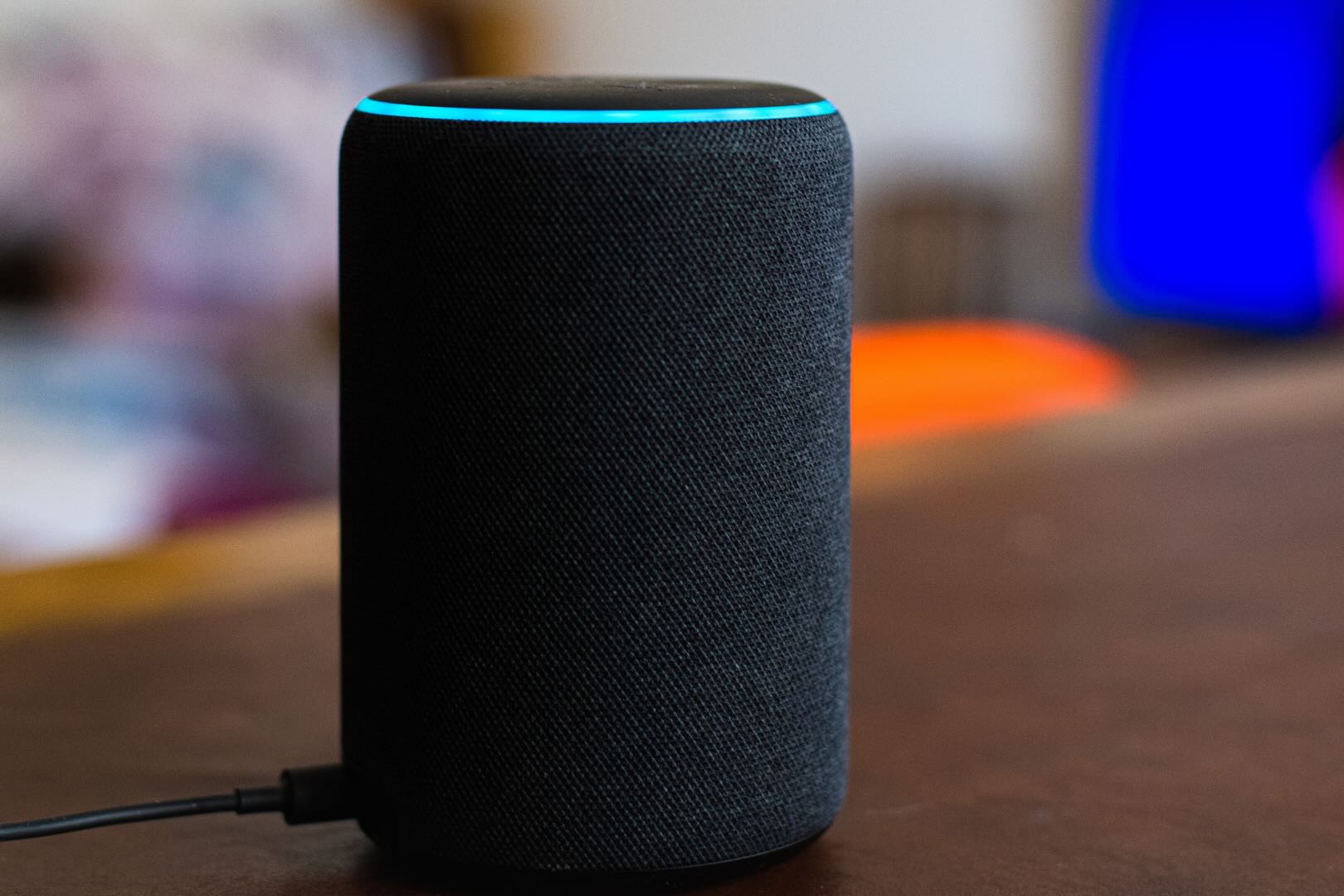
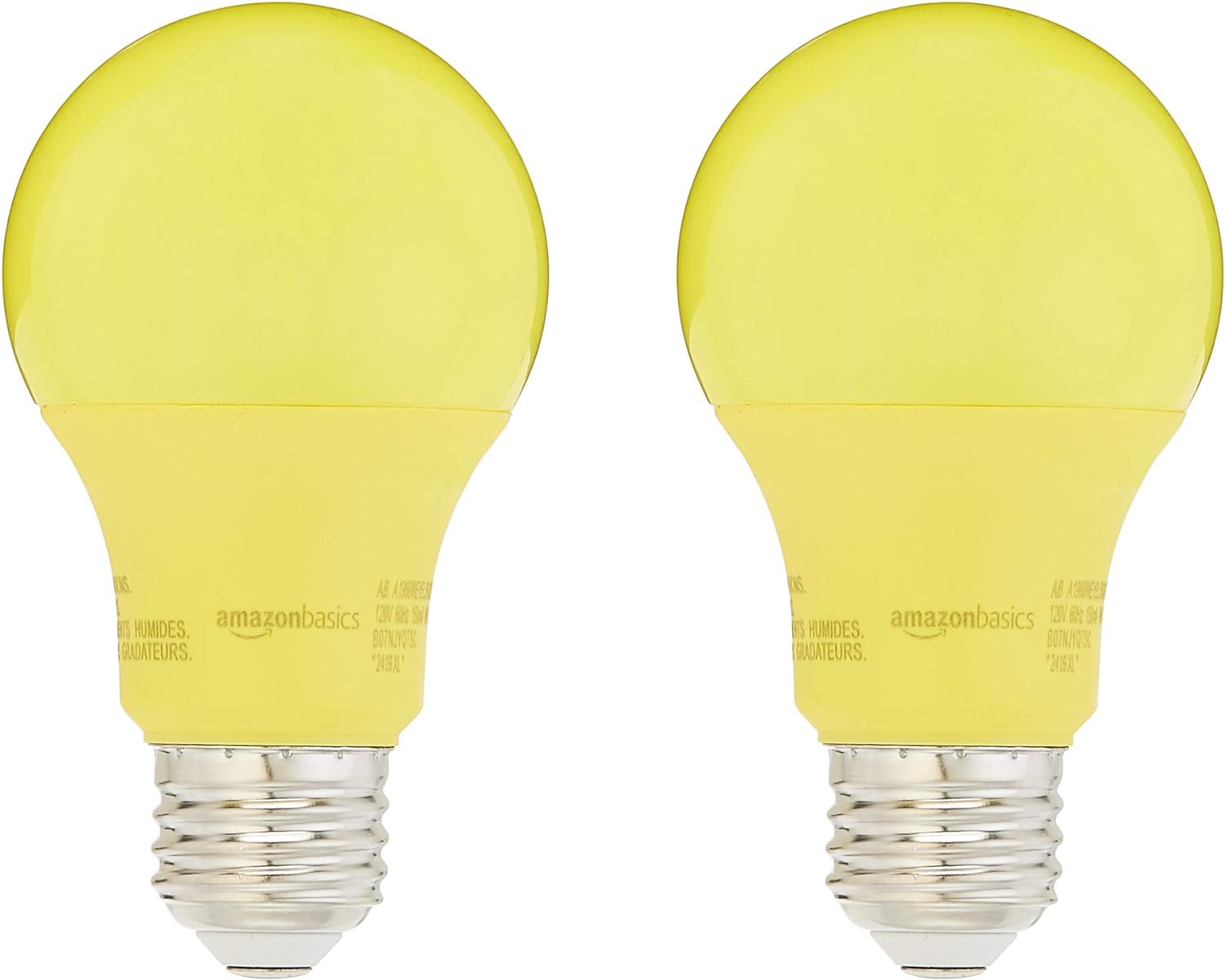
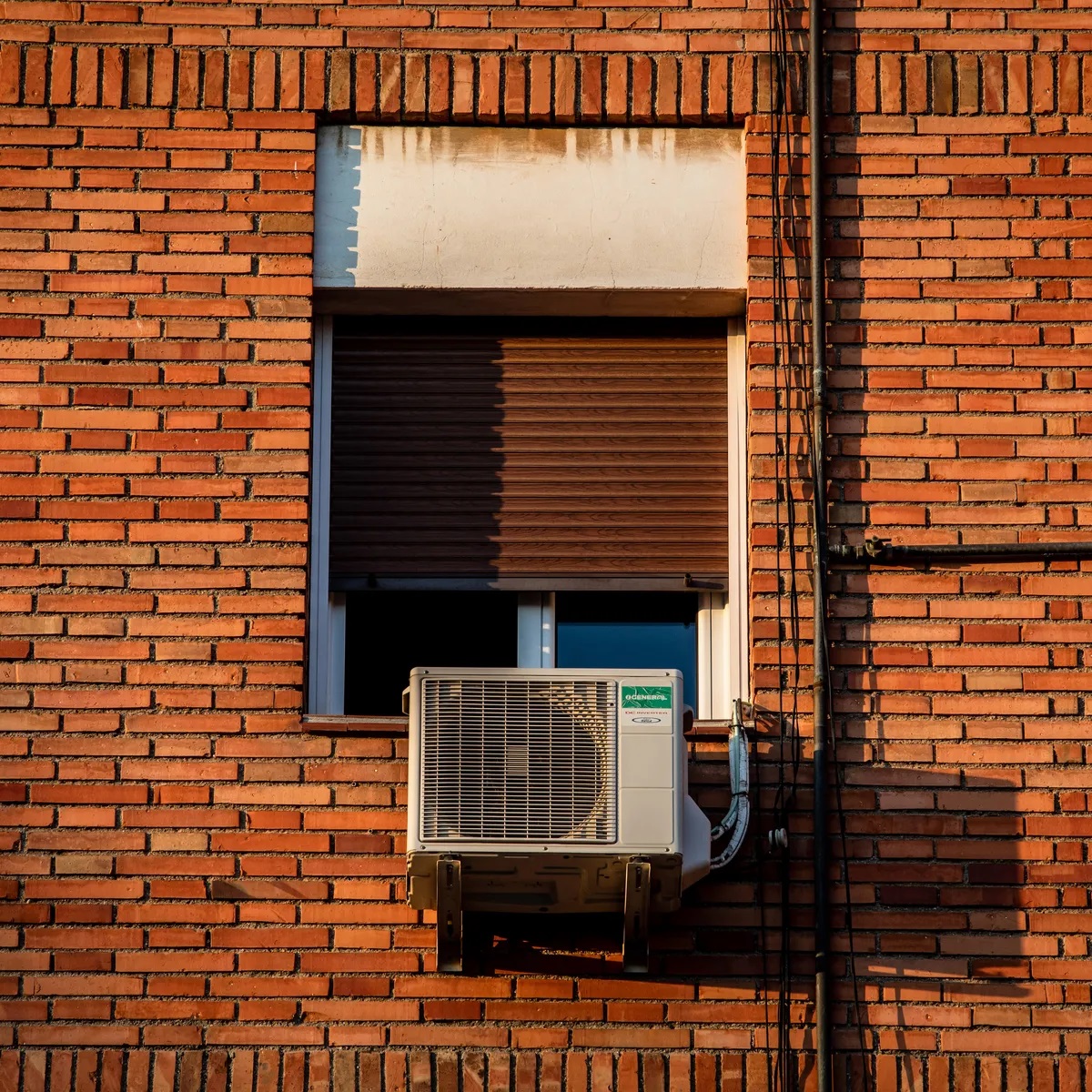
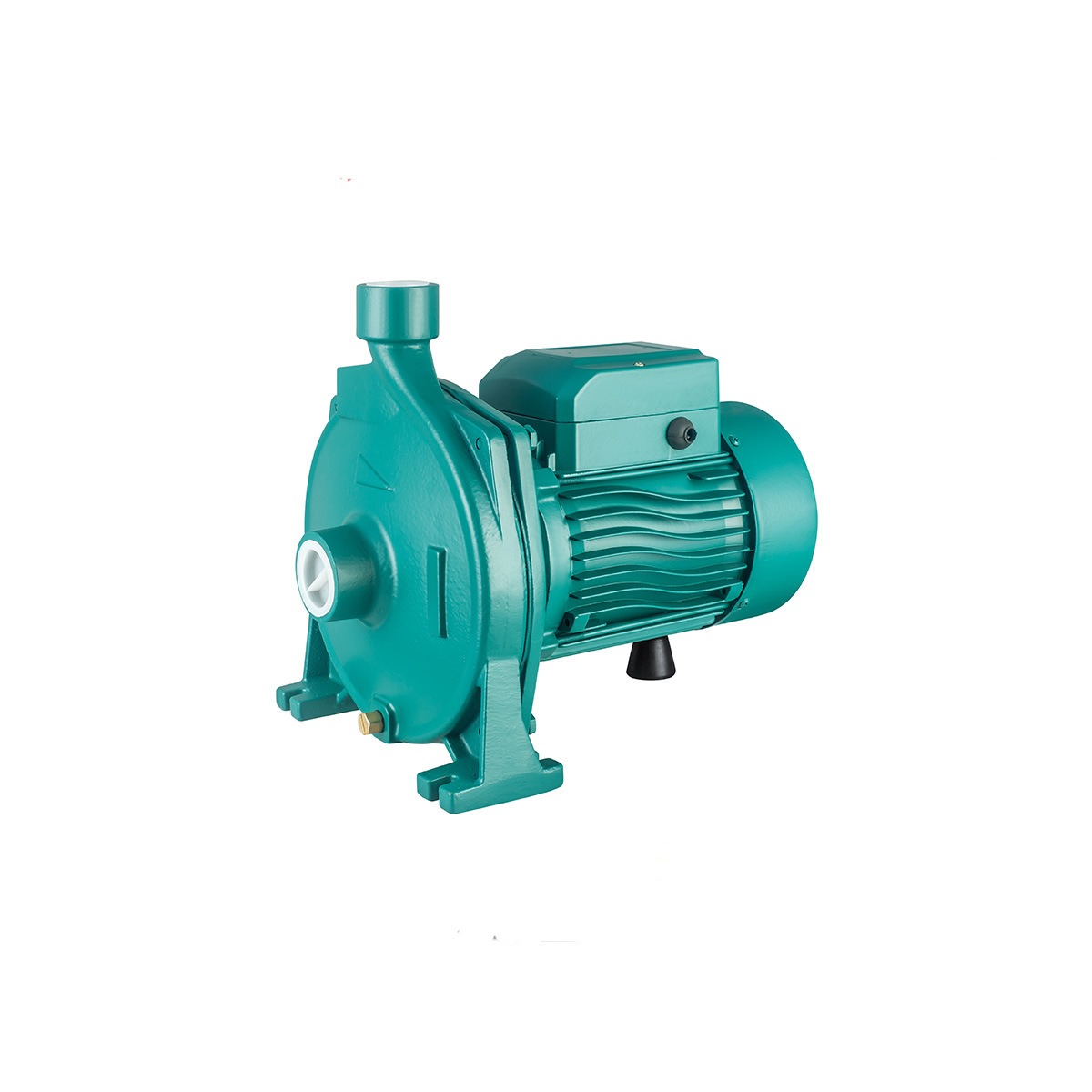

0 thoughts on “How Many Watts Does An AC Unit Use”